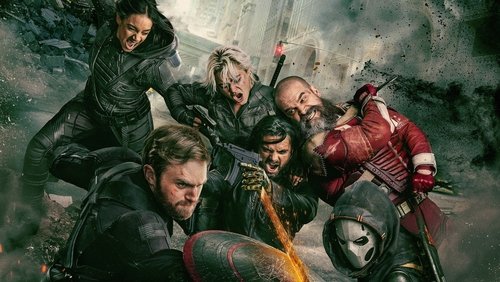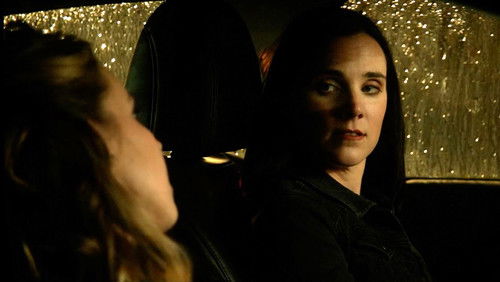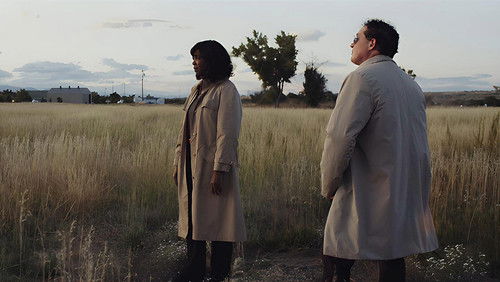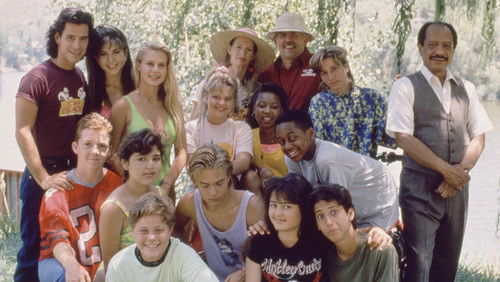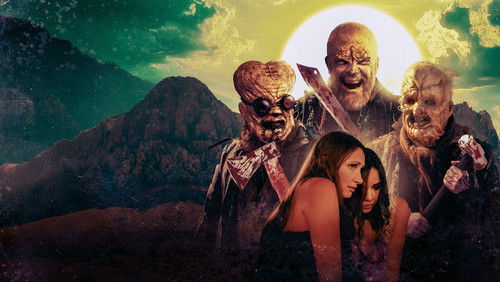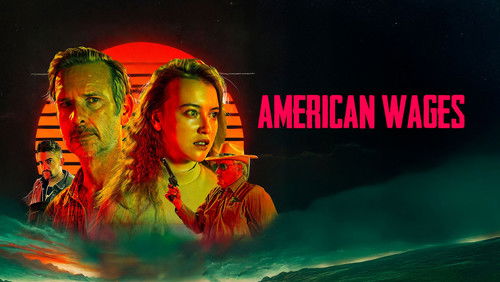Die Neunte (2019)
19KDie Neunte: Directed by Nikolay Khomeriki. With Evgeniy Tsyganov, Daisy Head, Dmitriy Lysenkov, Yuri Kolokolnikov. Petersburg at the end of the 19th century was embraced by a massive enthusiasm for the occult sciences and esotericism. British medium Olivia Reed arrives in the capital of the Russian Empire on tour and gathers crowds of people at her public spiritualistic sessions. At this time, a series of ritual mysterious murders takes place in the city. Girls are abducted on the streets, their mutilated bodies are found in various parts of the city. The investigation is carried out by a young police officer Rostov and his assistant Ganin. With each new victim, things are becoming more confused. Suspicion leads Rostov to Olivia, and he decides to turn to her in the hope that her genuine or imaginary ability to summon the spirits of the dead can help to get on the trail of the killer.
“Mizoguchiu0026#39;s Genroku CHUSHINGURA: originally written for the Japanese Hokubei Mainichi, San Francisco, November 5, 1976 u003cbr/u003eu003cbr/u003eChushingura, the story of the 47 Loyal Ronin of Ako, the unofficial national epic of Japan, has been filmed probably more times than any other subject in Japanese film history. Starting in the silent days (first version a filmed Kabuki performance in 1913) there have been well over a dozen editions of this perennial favorite over the years, including a feature length cartoon about 47 dogs entitled u0026quot;Wan-Wan Chushingurau0026quot;. ( N.B. wan-wan =u0026quot;bow wowu0026quot; in Japanese.)u003cbr/u003eu003cbr/u003eOf these various film treatments the only one which can be said to be fairly well known in this country is the relatively popular 1963 Toho all-star edition by Hiroshima Inagaki. In the Bay Area the Inagaki Chushingura has been so over promoted (since It happens to be owned by a Berkeley distributor) that most people around here are not even aware that other versions of the film exist. Another, and in the opinion of this writer, far more interesting treatment of the Chushingura story, directed by Kenji MIzoguchi in 1942, just after Pearl Harbor, is now on view for a weeks run at the Telegraph Repertory Cinema in Berkeley near the campus.u003cbr/u003eu003cbr/u003eThis film, a landmark of the forties and a landmark of the MIzoguchi repertoire as well, did receive limited exposure earlier this year before small museum audiences at the Pacific Film Archive during the course of a MIzoguchi retrospective held there in April. The current run at the Tel-Rep is, however, to the best of my knowledge, the first real commercial exposure this remarkable film has ever had in this country.u003cbr/u003eu003cbr/u003eIt is well known that fidelity is one of the cardinal Japanese virtues, and adherence to an established code of behavior another. As the ultimate dramatic exemplification of these fundamental Japanese values the Chushingura story is unrivaled. u003cbr/u003eu003cbr/u003eIn the spring of the year 1702 at the height of the Genroku period the idealistic young Lord Asano of Ako castle (present day Hyogo Prefecture near Kobe) refusing to pay a bribe in return for instruction in courtly protocol, is baited into drawing his sword against the sleazy corrupt Master of Ceremonies, Lord Kira at the Shogunu0026#39;s palace. For this unpardonable breach of the courtly code he is forced to commit Harakiri, the Asano clan is disbanded, and all his retainers are reduced to outcast Ronin — wandering masterless Samurai — the lowest of the low in the strict Samurai social order.u003cbr/u003eu003cbr/u003eResponsibility for restoring the honor of the Aano clan now falls upon the shoulders of the chamberlain and chief retainer, Oishi Kuranosuke. The only way to achieve this is by a blood vendetta against Kira, but Kira is, of course, expecting this and goes into hiding.u003cbr/u003eu003cbr/u003ein order to lull Kira into a false sense of security Oishi In turn himself goes underground abandoning his family and pretending to lead a dissolute life devoted to pleasure. So determined is Oishi in maintaining this pretense to ensure the ultimate success of his mission that even the widow of Lord Asano is convinced that he has lost his nerve and she refuses to permit him to offer incense on the anniversary of Asanou0026#39;s death. u003cbr/u003eu003cbr/u003eon Christmas Day, 1703, after enduring more than a year if public shame and private deprivation, finally surfaces and leads the 47 Samurai who have remained loyal throughout (although many have not and have dropped out) in the famous attack in the snow on the Kira estate. Kirau0026#39;s head is taken as vowed and the loyal 47 march solemnly to Asanou0026#39;s grave to pay their last respects. u003cbr/u003eu003cbr/u003eThe inescapable penalty for this act of defiance against the Shogunate was, of course, Seppuku for all involved –the ultimate example of Death before Dishonor and and all forty- seven Ronin accepted their fate of mass suicide by disembowelment — the excising of ones own intestines without benefit of anesthetic — with great dignity, upholding thus their collective code of honor to the last. u003cbr/u003eu003cbr/u003eThe 47 Ronin became a latter day legend and their tomb a national shrine at which many Japanese spend a quiet moment of contemplation each year. (The tomb of the Forty Seven is located a few minutes walk from Mita station in Tokyo).u003cbr/u003eu003cbr/u003eWhere the Inagaki version of this story is all color, pageantry, and swordplay, a typical TOHO spectacular, the Mizo version, in subtle shadings of black and white, is a far more penetrating study of the psychology and morality involved. It must be pointed out that the film was commissioned by the wartime Japanese government to foster the jingoistic Samurai spirit and it is much to Mizoguchiu0026#39;s credit that even under such pressure he was able to make a picture in which not a single sword fight is actually shown. All violent action, including the final assault on the Kira house, takes place off screen and is merely reported.u003cbr/u003eu003cbr/u003eMIzoguchi was concerned not with action itself, but with the psychological effect of violent action on people not directly involved. {Talk about contemporary relevance to a place called Ferguson, 2014!} This indirect psychological approach to violence coupled with the famous Mizoguchi floating camera Style and his uncanny sense of pictorial composition combine to make this four hour film a lasting experience. If you approach this film looking for the usual Samurai chambara clichés you will be disappointed. The First Time I saw it a couple of years ago I must admit I was a little bored. Seeing it for the fourth time the other night, the flashier Inagaki version began to pale by comparison. But then MIzoguchi was a genius whereas Inagaki was merely a competent contract director. Give this a BIG FAT **********”

